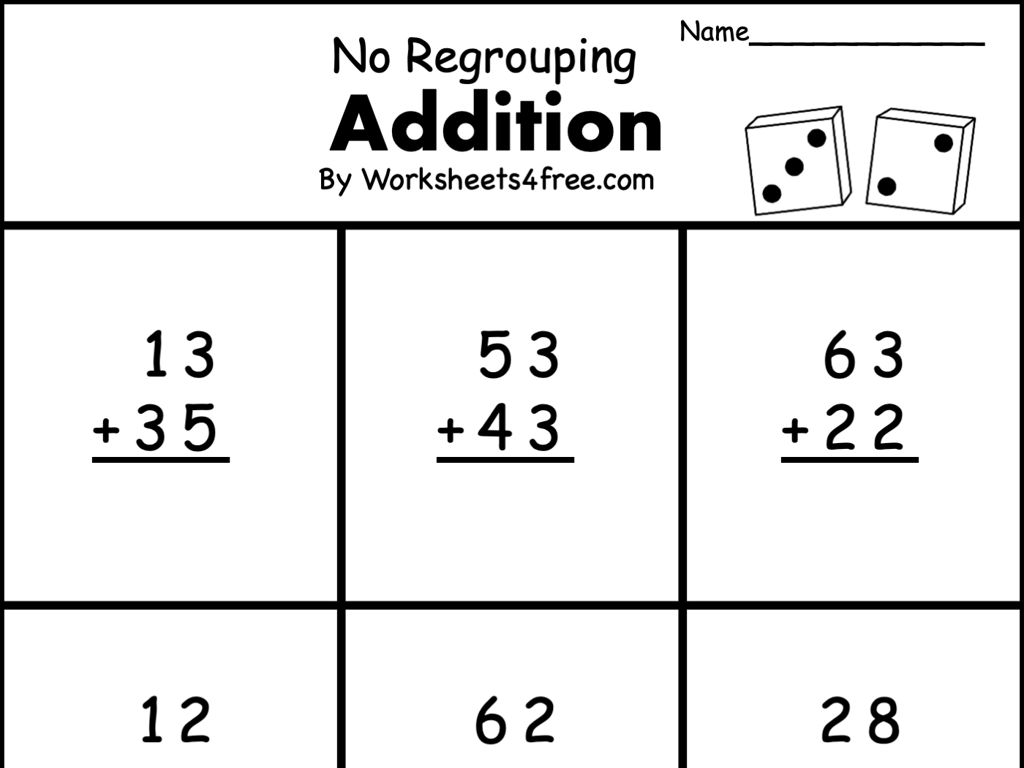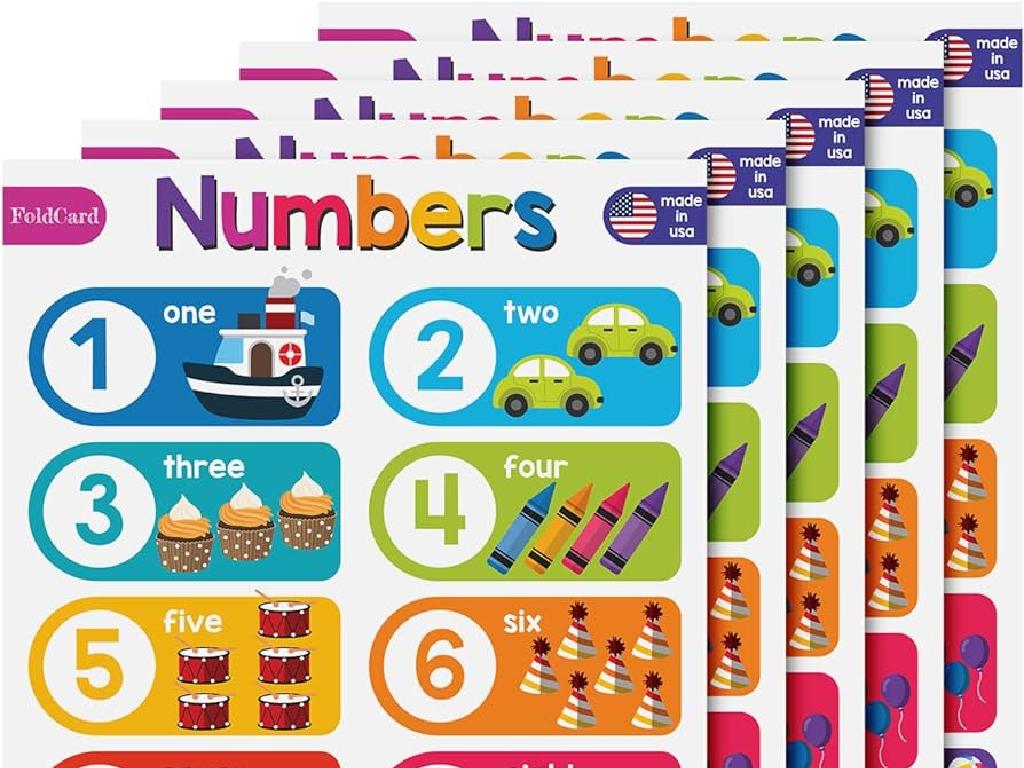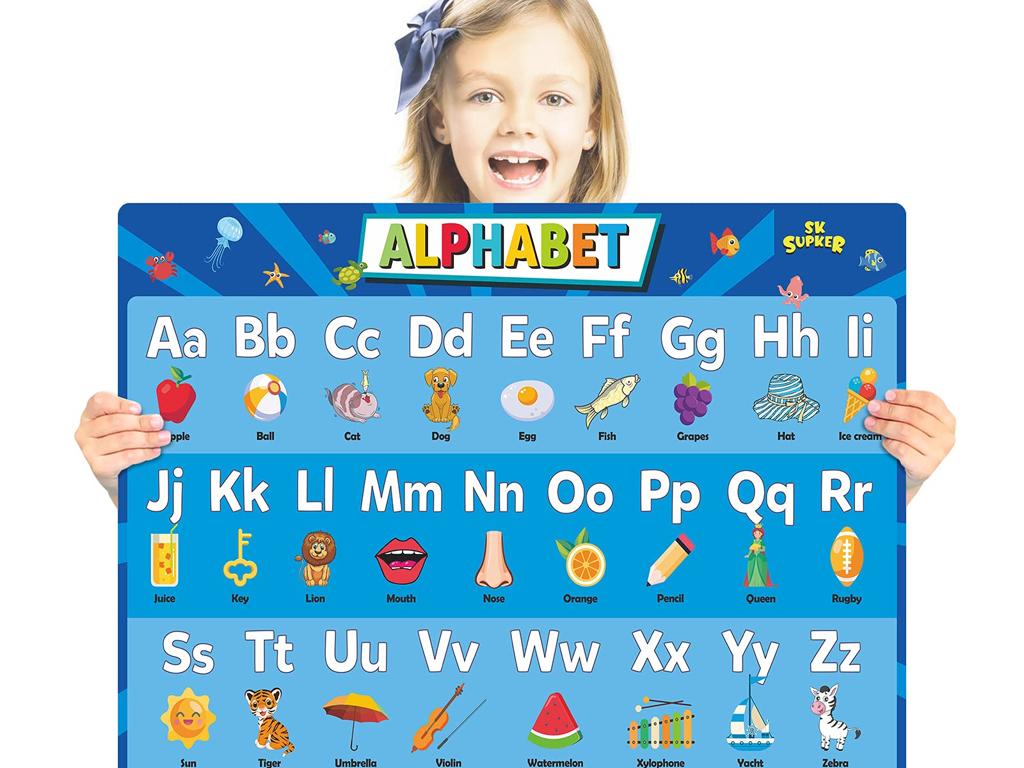Divide Integers
Subject: Math
Grade: Sixth grade
Topic: Operations With Integers
Please LOG IN to download the presentation. Access is available to registered users only.
View More Content
Dividing Integers: Understanding the Basics
– What are integers?
– Integers include positive, negative numbers, and zero.
– Rules for dividing integers
– Same signs give a positive, different signs give a negative result.
– Real-world division examples
– Temperature change, bank transactions.
– Practice problems
|
This slide introduces the concept of integers and focuses on the division of integers. Begin by explaining what integers are, emphasizing that they include the set of whole numbers and their opposites. Discuss the rules for dividing integers, such as when the signs of the numbers are the same, the result is positive, and when the signs are different, the result is negative. Provide real-life examples where dividing integers is applicable, like calculating temperature changes or understanding bank transactions. Conclude with practice problems to reinforce the concept. Encourage students to think of other areas where integer division might be used.
Understanding Integers
– Define integers
– Integers include whole numbers and their negatives
– Examples of integers
– Positive: 1, 2, 3; Negative: -1, -2, -3
– Zero as an integer
– Zero is neutral, not positive or negative
– Integers in division
|
Integers are the set of whole numbers and their opposites, including zero. They are fundamental in math, especially when dealing with real-world scenarios like banking or temperature changes. Positive integers are above zero, while negative integers are below zero. Zero itself is unique as it is neither positive nor negative. When dividing integers, the sign of the result depends on the signs of the integers involved. This slide will set the stage for understanding how to divide integers, which will be covered in subsequent slides. Make sure to provide clear examples and encourage students to think of situations where they encounter positive and negative numbers.
Rules for Dividing Integers
– Dividing two positive integers
– Dividing two negative integers
– Positive divided by negative
– A positive integer divided by a negative results in a negative quotient
– Sign rules for division
– Same signs yield a positive quotient, different signs yield a negative quotient
|
This slide introduces the basic rules for dividing integers, an important concept in 6th-grade math. Start by explaining that dividing two positive integers follows the standard division rules they are familiar with. Then, clarify that dividing two negative integers also results in a positive quotient because the negatives cancel out. When dividing a positive integer by a negative (or vice versa), the result is a negative quotient. Emphasize the general rule that division of integers with the same sign results in a positive quotient, while division with different signs results in a negative quotient. Provide examples for each case to solidify understanding, such as 8 ÷ 2 = 4, (-8) ÷ (-2) = 4, 8 ÷ (-2) = -4, and (-8) ÷ 2 = -4. Encourage students to practice with additional examples and to remember these rules as they work through problems.
Dividing Integers – Examples
– Positive ÷ Positive = Positive
– Example: 6 ÷ 2 = 3
– Negative ÷ Negative = Positive
– Example: (-6) ÷ (-2) = 3
– Positive ÷ Negative = Negative
– Example: 6 ÷ (-2) = -3
– Negative ÷ Positive = Negative
– Example: (-6) ÷ 2 = -3
|
This slide provides examples to illustrate the rules for dividing integers. When dividing integers, the sign of the result depends on the signs of the numbers involved. Dividing two positives or two negatives results in a positive number, while dividing a positive by a negative or a negative by a positive results in a negative number. Use these examples to show students how the sign of the quotient changes with the signs of the dividend and divisor. Encourage students to practice with additional examples and to remember the key rule: a positive divided by a positive or a negative divided by a negative equals a positive result, while a positive divided by a negative or a negative divided by a positive equals a negative result.
Let’s Practice Together: Dividing Integers
– Solve Class Practice Problem 1
– Example: (-12) ÷ (3) = ?
– Tackle Class Practice Problem 2
– Example: (-18) ÷ (-6) = ?
– Discuss our solutions together
– Understand the concept clearly
|
This slide is designed for a collaborative classroom activity focused on dividing integers. Present two practice problems to the class and encourage students to solve them individually or in small groups. Afterward, facilitate a class discussion where students can explain their reasoning and methods for finding the solutions. This will help reinforce their understanding of the rules for dividing integers. For the teacher: Be prepared with additional examples in case students need more practice. Encourage students to think about the rules for the signs when dividing integers. Remember to praise correct reasoning and guide students through any misconceptions.
Dividing Integers – Word Problems
– Comprehend the word problem
– Read carefully to grasp the scenario.
– Spot the integers involved
– Look for positive and negative numbers.
– Apply division rules correctly
– Remember the rule: dividing integers with like signs gives a positive, unlike signs gives a negative.
– Solve and check your answer
– Always verify your solution with the problem.
|
This slide is aimed at helping students tackle word problems involving the division of integers. Start by reading the problem thoroughly to understand what is being asked. Next, identify the integers that are to be divided, paying special attention to their signs (positive or negative). Teach students the rule for dividing integers: a positive divided by a positive or a negative divided by a negative results in a positive answer, while a positive divided by a negative or a negative divided by a positive results in a negative answer. After solving, students should check their answers to ensure they make sense within the context of the problem. Encourage students to practice with various word problems to become comfortable with the concept.
Group Activity: Integer Division Relay
– Form groups of four students
– Each group gets division problems
– Solve as a relay, one step each
– Think of it like a race; each person contributes a part
– First to finish correctly wins
|
This activity is designed to encourage teamwork and reinforce the concept of dividing integers. Divide the class into groups of four and provide each group with a set of division problems involving integers. Each student in the group is responsible for solving one step of the problem before passing it to the next teammate. This relay continues until the entire problem set is solved. The first group to correctly complete all problems wins. Ensure that each student understands their role in the relay and the division steps before beginning. Monitor the groups as they work to provide guidance and ensure fairness. Possible variations of the activity could include mixed-ability grouping, timed rounds, or incorporating negative integers for an added challenge.
Homework and Next Steps: Mastering Integer Division
– Complete your division worksheet
– Practice problems on dividing integers
– Study for the operations quiz
– Quiz will cover all integer operations
– Review today’s lesson
– Go over your notes and try extra problems
– Feel free to ask questions
|
This slide is designed to guide students on their post-lesson activities. The homework worksheet is a crucial part of their practice, reinforcing the concept of dividing integers. Encourage students to attempt every problem and check their answers. Remind them that the upcoming quiz will assess their understanding of all operations with integers, so they should review addition, subtraction, multiplication, and division. Emphasize the importance of revisiting today’s lesson and practicing further if they find certain areas challenging. Lastly, create an open environment where students feel comfortable seeking help if they encounter difficulties with the material.





